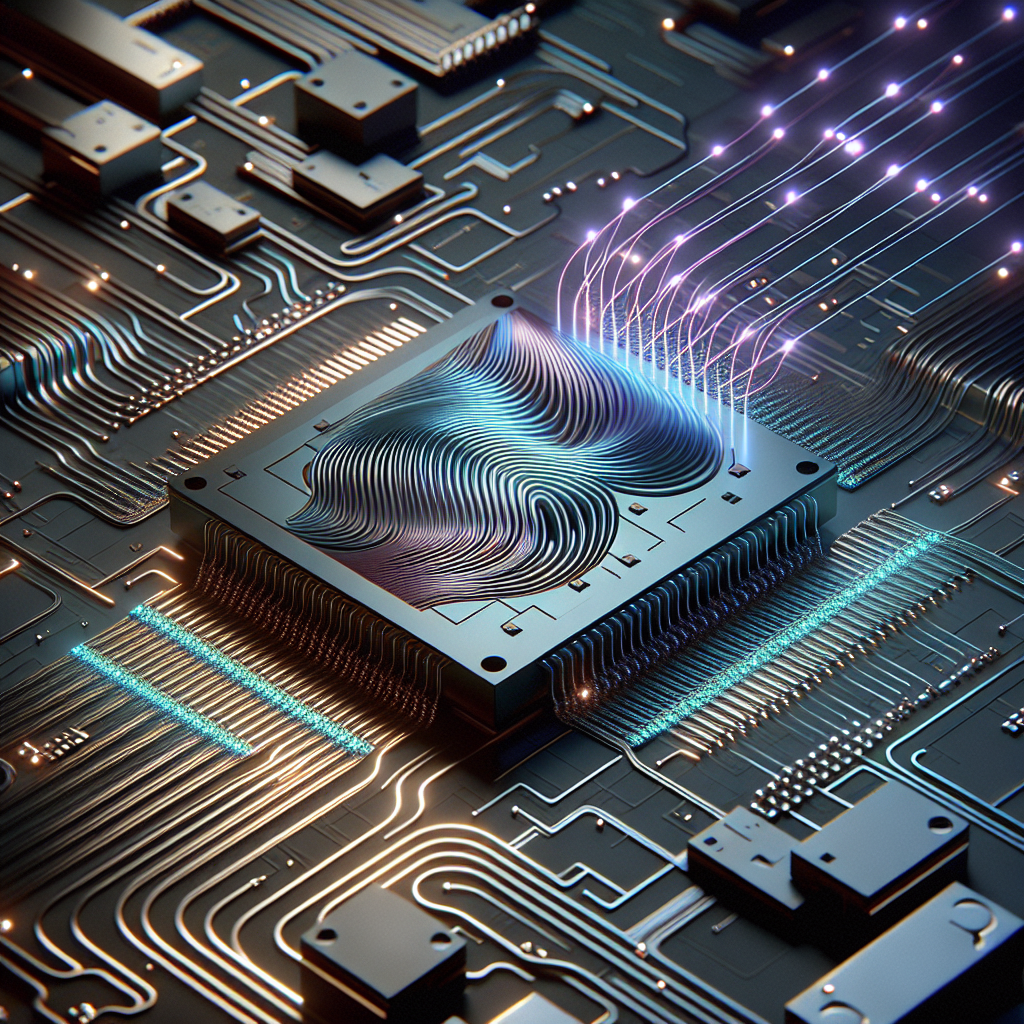MIT's Revolutionary Light-Activated Antiferromagnetic Memory: Pioneering the Future of Data Storage

Introduction to Antiferromagnetic Memory
The Massachusetts Institute of Technology (MIT) has unveiled a pivotal breakthrough that could redefine the landscape of data storage technology. By leveraging a unique approach involving light-activated processes, researchers have initiated a radical shift from traditional ferromagnetic data storage techniques to a promising future centered around antiferromagnetic materials. This advancement harbors the potential to augment memory density and endurance in next-generation memory chips, signaling a monumental leap forward in computing technology.
The Science Behind the Innovation
Under the leadership of Professor Nuh Gedik, MIT's research team dedicated their efforts to studying the properties of FePS₃, an antiferromagnetic compound. Unlike conventional magnets wherein atomic spins align uniformly, antiferromagnets exhibit a staggered pattern of atomic spins that effectively cancel each other out, resulting in no net magnetization. This characteristic, while advantageous for preventing data breaches due to stray magnetic fields, presents challenges in data readability and manipulation.
Laser-Induced Magnetization
Central to this breakthrough is the novel application of terahertz laser pulses, which are tuned to the precise vibrational frequencies of the atoms within the FePS₃ material. By supercooling the sample below its transition temperature and then exposing it to these rapid laser pulses, which oscillate over a trillion times per second, the researchers successfully induced a new, stable magnetic state lasting several milliseconds—a significant duration in quantum technology terms.
Implications for Data Storage Technology
This study's findings, published in the esteemed journal Nature, highlight the practical feasibility of switching antiferromagnets, a feat previously hindered by their complex internal structure. The capacity to toggle between magnetic states opens the door to the creation of highly efficient data storage solutions, characterized by increased capacity and enhanced resistance to electromagnetic interference.
Future Prospects and Challenges
Despite their success, the researchers acknowledge the vast engineering challenges that lie ahead before these antiferromagnetic technologies can be fully realized in commercial computing environments. Continued research aims to refine the laser-induced magnetic transitions, optimizing them for real-world application and integration into existing technological frameworks.
Conclusion
MIT's groundbreaking research underscores a revolutionary trend towards using non-traditional materials and methods to meet the ever-growing demands for data storage and processing power in an increasingly digital world. With continued innovation and development, the vision of high-performance memory and computing technologies founded on antiferromagnetic principles might soon become a reality, profoundly impacting data security, capacity, and efficiency for global industries.



Comments (0)